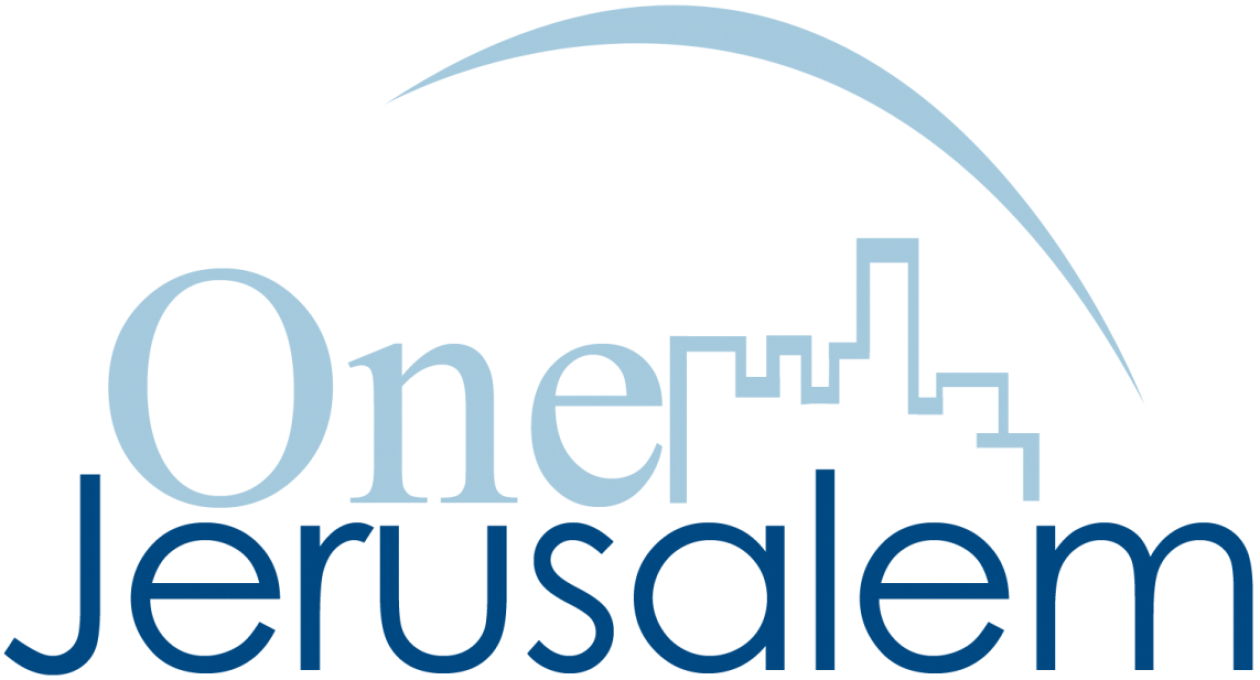Jerusalem5800: Much more than just Jerusalem
Illustrative Photo Credit: Jonas Hansel [License]
Planners say the capital must expand to the north, south and east, including an international airport, subways, and much more.
What will the Jerusalem metropolitan area look like in the year 2050? That’s what some Jerusalem lovers and supporters not only want to answer, but want to help shape – and that’s why they have been working hard on the comprehensive and well-researched plan they call Jerusalem5800.
At a Policy Paper workshop organized by KeepJerusalem on Wednesday, Jerusalem City Councilman Aryeh King presented the outline of Jerusalem5800, and said, “It is not a political plan – but it certainly is dependent on, and can shape, political developments.”
The main revolution heralded by Jerusalem5800 – sponsored by philanthropist and Jerusalem enthusiast Kevin Bermeister – is that it relates to the city not in and of itself, but as a greater metropolitan area that includes a very large surrounding expanse that is planned as one unit. Its reach is far, based on the Ministry of Interior’s definition of the “Jerusalem District:” From the Jordan River and Dead Sea in the east, Beit Shemesh in the west, Beit El and Ofrah in the north, and Gush Etzion to the south. It is thus an area in which Jerusalem is the center, encompassed by suburbs and small communities that relate to Jerusalem as their “primary city.”
The plan foresees an international airport, larger than Ben-Gurion, in the Judean Desert southeast of Maaleh Adumim; a major thrust in hotel construction in and around the capital; and a large-scale transportation scheme including subways, national train routes, and new highways – some of which is already in place. Archaeological and other sites in the greater area are to be developed and highlighted.
A “Gates of Jerusalem” program is envisioned in which visitors are grandly welcomed to Greater Jerusalem upon their arrival in Gush Etzion, east of Maaleh Adumim, the Binyamin Region, before Givat Ze’ev, Latrun, and south of Beit Shemesh.
Religious tourism will be highlighted for the many millions of people around the world who view Israel as the Holy Land – and GPS technology will enable visitors to hear accurate, pro-Israel over their phones, based on their location.

 Join Now
Join Now Sign Petition
Sign Petition Tell Friends
Tell Friends![Illustrative Photo Credit: Jonas Hansel [License]](https://onej.org/wp-content/uploads/2016/12/Modern-Jerusalem-1038x576.jpg)








